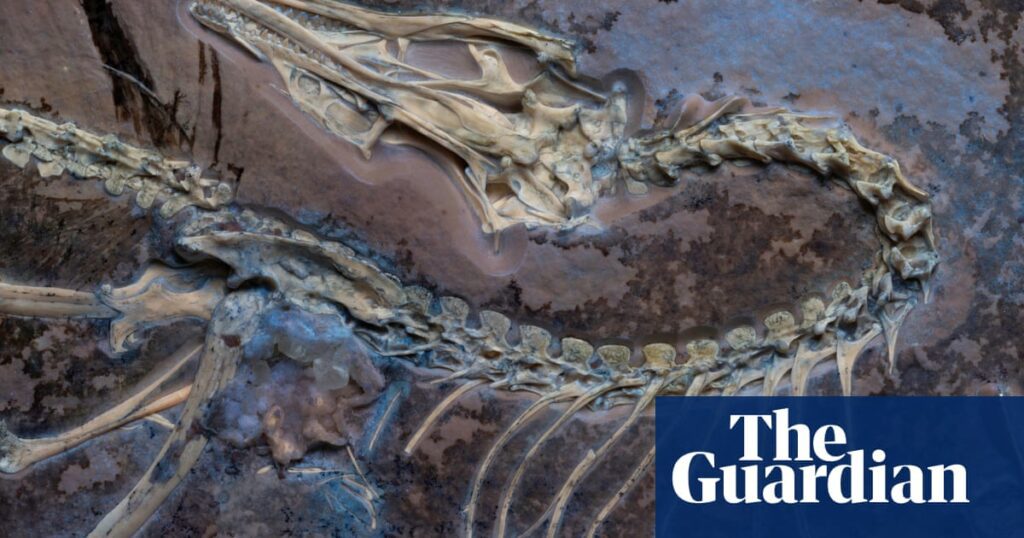The exquisitely preserved fossils of Archeopteryx, dating back 150 million years, have provided significant insights into the evolution of flight in the first birds. Notably, scientists identified specialized wing feathers that facilitated flight, distinguishing them from featherless, flightless dinosaurs that coexisted with Archeopteryx. Dr. Jinmai O’Connor, a fossil reptile curator at the Field Museum, emphasized that key wing feathers extend only to the elbow in non-bird dinosaurs, indicating they could not fly, unlike Archeopteryx.
Discoveries concerning Archeopteryx highlighted its combination of avian and dinosaur characteristics, such as a sharp-toothed jaw and a long tail. Recently acquired by the Field Museum in 2022, one notable specimen has allowed for detailed analysis revealing asymmetrical feathers, crucial for generating flight thrust.
Dr. O’Connor noted the longer upper arm bones of Archeopteryx could reduce lift efficiency; a gap between primary and secondary wings is essential to achieving flight. This study, featuring advanced imaging techniques, outlines new feather structures that enhance flight capabilities.
Additionally, research published in Nature suggests the fossil’s mouth structure exhibits early signs of cranial kinesis, a movement feature seen in modern birds. The findings also indicate that Archeopteryx may have been adept at both terrestrial movement and climbing.


